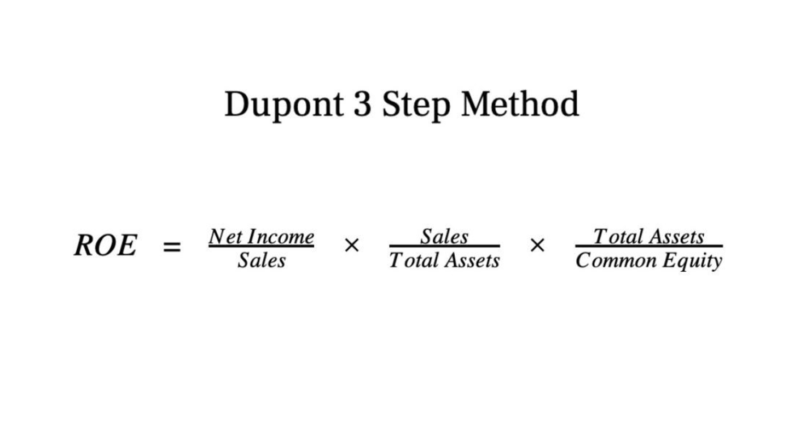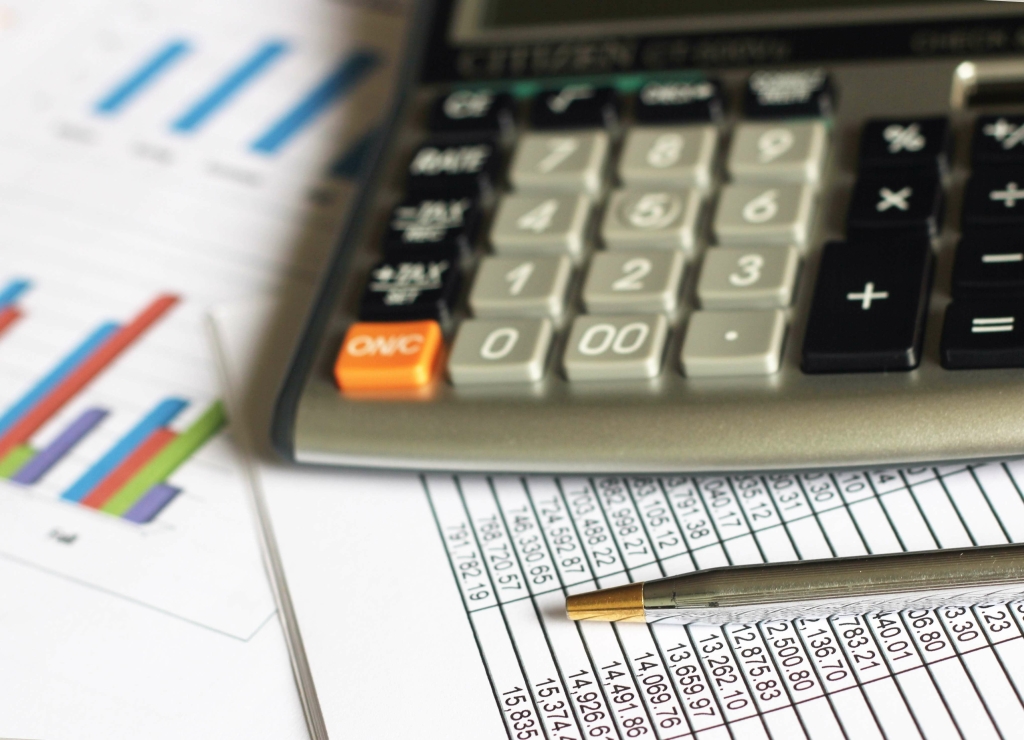
In this way, the number of both issued and outstanding shares is reduced. Understanding how to calculate outstanding shares for a public company would appear to be a simple matter. Authorized shares refer to the largest number of shares that a single corporation can issue. The number of authorized shares per company is assessed at the company’s creation and can only be increased or decreased through a vote by the shareholders. If at the time of incorporation the documents state that 100 shares are authorized, then only 100 shares can be issued.
Basic and Diluted Shares Outstanding
Shares outstanding refers to the number of shares of common stock a company has issued to investors and company executives. The number is used to calculate many common financial metrics, such as earnings per share (EPS) and market capitalization. A company’s outstanding shares, the total shares held by shareholders excluding treasury stock, can fluctuate due to various factors.
Look at the Preferred Stock Line Item

As such, index providers such as S&P and others are market leaders in setting a precedent for calculating floating stock methodologies. The earnings per share calculation for the year would then be calculated as earnings divided by the weighted average number of shares ($200,000/150,000), which is equal to $1.33 per share. Outstanding shares include all held by investors, while float excludes restricted shares. Another reason a company might want to repurchase shares is to eliminate shareholder dilution from future employee stock options or equity grants. There are still some places where you can find this information, other than the SEC’s website. For example, you can usually find the number of shares outstanding on investor relations webpages, which are only available for publicly listed companies or on stock exchanges.

Authorized Shares vs. Outstanding Shares: What’s the Difference?

Other companies may explicitly list their outstanding shares as a line item in the equity section of their balance sheet. The shares companies issue are known as authorized shares, which are the maximum number of shares they are lawfully permitted to make available to investors. Adjusting for these events is necessary to accurately calculate outstanding shares and determine a company’s true value.
Q: What is the importance of accurately calculating outstanding shares?
The number of outstanding shares is set by the investment bank that implements a company’s initial public offering (IPO) but the number can change. Authorized shares are shares of stock that can be issued by companies to investors. On the other hand, while calculating the dilutive EPS, the denominator includes all possible conversions that can take place and increase the number of shares held by parties. Diluted EPS is always less than the basic EPS, as the denominator in the latter is higher. Companies with options, convertible bonds, etc., disclose both basic as well as diluted EPS in their financial disclosures. A company’s float is an important number for investors because it indicates how many shares are actually available to be bought and sold by the general investing public.
Knowing this number is fundamental for various financial analyses and investment decisions. Over time, as a company issues more stock options, the firm’s total number shares outstanding calculation of shares outstanding will increase due to employees exercising their options. So to adjust for this issue, we can use the weighted average of shares outstanding.
- There’s no limit to the total number of shares that can be authorized within these documents for a large company.
- Those companies buy back and retire shares, instead of holding them in the treasury.
- As such, index providers such as S&P and others are market leaders in setting a precedent for calculating floating stock methodologies.
- Companies typically use reverse splits to increase their share price to meet minimum exchange listing requirements.
- A company’s stock float does not include closely-held shares that are held by company insiders or controlling investors.
- The number of outstanding or issued shares is publicly disclosed through required regulatory filings for public companies.
How much of the business your one share buys depends on the total common stock outstanding, a figure you can easily determine using the company’s balance sheet. Changes in outstanding shares can influence a company’s stock price, impacting investor sentiments. Since the number of outstanding shares is increasing, the liquidity of the stock increase too. However, although the total number of such shares is increasing, the total dollar value of these shares remains constant because a stock split doesn’t change the value of a company. A company that announces a 2-1 stock split as of a certain date doubles its number of shares outstanding on that date. If that event occurs on, say, December 15th of the year, it can distort the company’s apparent number of shares outstanding for the year.
- Read on to learn how to calculate outstanding shares so you can begin mastering the market.
- Note that this method does not account for shares that can be potentially released through various mechanisms, so a weighted average shares outstanding will not tell you the diluted EPS.
- One of the most important metrics those in the investing industry pay attention to is the estimated size of a company.
- Moreover, the number of shares outstanding is extremely useful when monitoring how a company conducts its business, as things like stock splits also affect share numbers.
- Employee stock options, shares, and restricted share units are subject to a vesting period, typically between two and five years.
- While it may seem that a larger, more established company presents a better investment opportunity, many in the finance industry warn against underrating small-cap stocks.
One possible point of confusion we still need to mention is stock given to employees as compensation, typically in some combination of restricted stock, options, or equity grants. Helpful Fool Company’s board has elected to issue just 2,000 https://www.bookstime.com/articles/do-i-need-a-personal-accountant shares at this time. Therefore, the company currently has authorized 5,000 shares and has 2,000 shares issued and outstanding. Typically, investors calculate outstanding shares quarterly or annually when reviewing financial reports.

The number of outstanding shares influences market capitalization, a critical metric for valuing companies. Investors use outstanding shares to gauge a company’s size and compare it with peers. A significant change in outstanding shares, such as through a stock buyback or issuance, can signal strategic shifts and impact investor sentiment. When you look a little closer at the quotes for a company’s stock, there may be some obscure terms you’ve never encountered. For instance, restricted shares refer to a company’s issued stock that cannot be bought or sold without special permission by the SEC.

